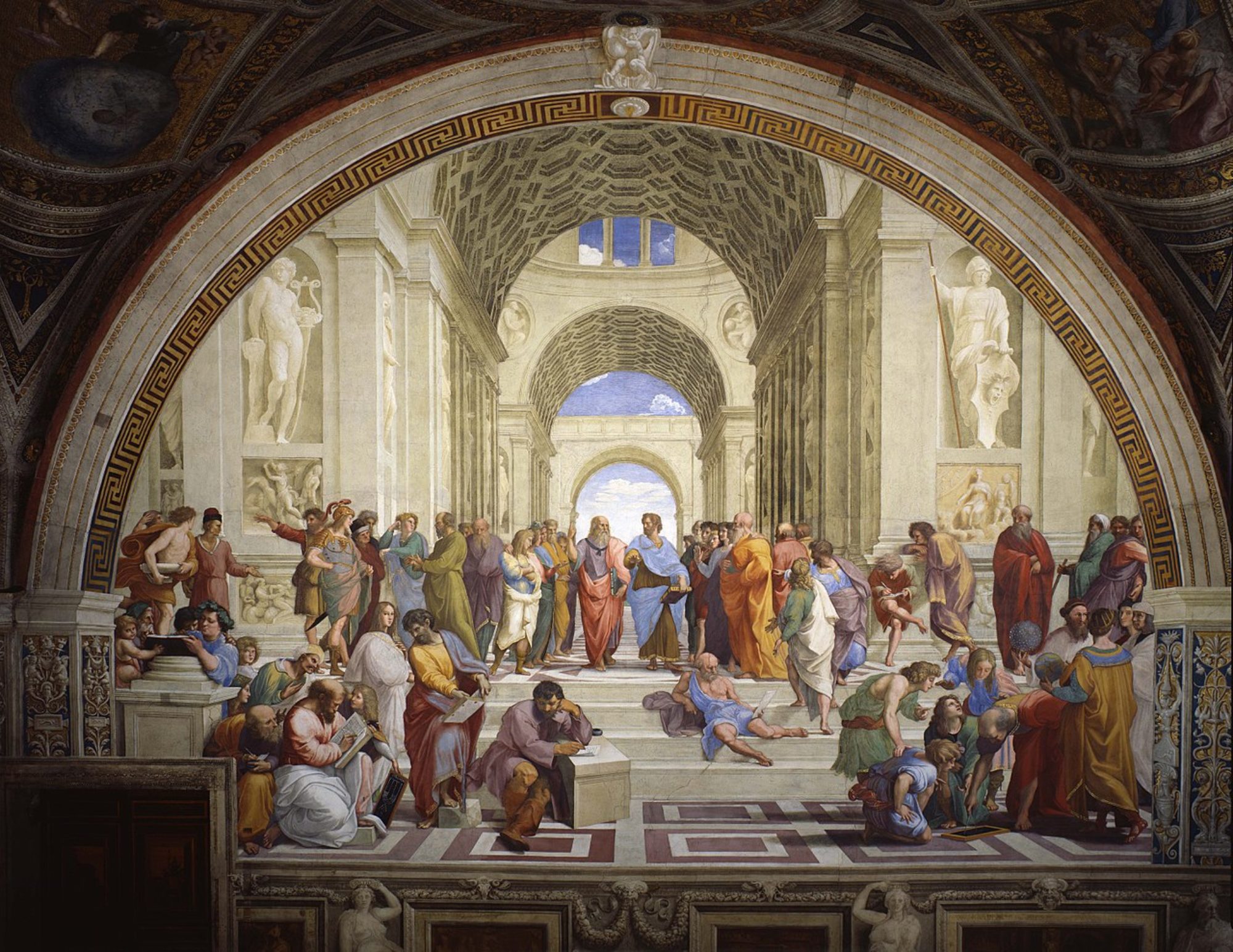Channel: MisterAncientMusic
Duration: 2:37
Description: The Western tendency to place melody at the center of musical experience has meant that the music of ancient Greece, which survives only in a few disjointed fragments of an imperfectly understood notation, has been written off for lost. But of course it’s not lost. Greek instruments have come down to museum collections here and there, and many of the missing pieces related to their construction can be filled in by examining the numerous representations of instruments in Greek art. It is known on what occasions the Greeks sang; the works on this album form an imagined entertainment at a symposium, essentially a party with entertainment. It is known that their attitude toward music involved what Bruno Nettl has called the “athletic ideal” — Greek music was virtuosic, and might have been structured in such a way as to allow players to compete with one another. It is known what the Greeks sang about; love and wine were common themes in song texts as well as in art. And finally there are theoretical texts, giving basic information about melody, scales, and especially rhythm. The task this disc sets itself is to synthesize all this information and come up with a best estimate of what the music may have sounded like. Specialists will no doubt weigh in on Melpomen, but for the average listener the results are impressive. The instruments constructed by ensemble leader Conrad Steinmann sound sometimes familiar (the aulos, a long tube with two mouthpieces and two reeds, is not so far from the Middle Eastern reed instruments that were the ancestors of the modern orchestral winds) and sometimes like nothing you’ve ever heard before (check out the rhombus, a sort of wind machine, on the very first track). Soprano Arianna Savall, the only vocalist except for a few responsorial passages, is gorgeous. And the album passes the test generalists will apply: it feels like it belongs in the ancient Greek culture one experiences in plays and prose essays. The Greek worldview revolved around a system of divinities that recognized the power inherent in natural forces. There’s a lot of percussion on this disc, and all the selections have the rough intensity one would expect from worshippers of the fox-skin-wearing god Dionysus. This is by nature a speculative piece of music-making, but it is less speculative than some others from many centuries later. Music was essential to the pattern and texture of Greek life, as it was an important feature of religious festivals, marriage and funeral rites, and banquet gatherings. Our knowledge of ancient Greek music comes from actual fragments of musical scores, literary references, and the remains of musical instruments. Although extant musical scores are rare, incomplete, and of relatively late date, abundant literary references shed light on the practice of music, its social functions, and its perceived aesthetic qualities. Likewise, inscriptions provide information about the economics and institutional organization of professional musicians, recording such things as prizes awarded and fees paid for services. The archaeological record attests to monuments erected in honor of accomplished musicians and to splendid roofed concert halls. In Athens during the second half of the fifth century B.C., the Odeion (roofed concert hall) of Perikles was erected on the south slope of the Athenian akropolis—physical testimony to the importance of music in Athenian culture. In addition to the physical remains of musical instruments in a number of archaeological contexts, depictions of musicians and musical events in vase painting and sculpture provide valuable information about the kinds of instruments that were preferred and how they were actually played. Although the ancient Greeks were familiar with many kinds of instruments, three in particular were favored for composition and performance: the kithara, a plucked string instrument; the lyre, also a string instrument; and the aulos, a double-reed instrument. Most Greek men trained to play an instrument competently, and to sing and perform choral dances. Instrumental music or the singing of a hymn regularly accompanied everyday activities and formal acts of worship.
Shepherds piped to their flocks, oarsmen and infantry kept time to music, and women made music at home. The art of singing to one’s own stringed accompaniment was highly developed. Greek philosophers saw a relationship between music and mathematics, envisioning music as a paradigm of harmonious order reflecting the cosmos and the human soul.
Published: July 25, 2011 8:58 pm
